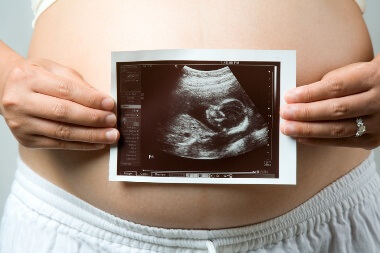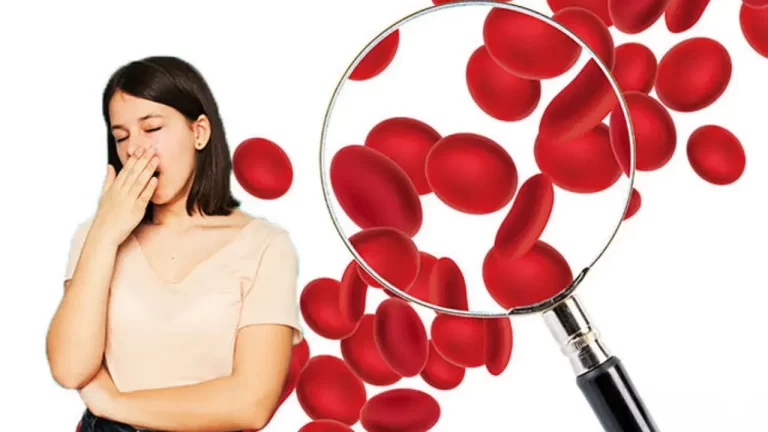Pre-Menstrual Syndrome

Pre-Menstrual Syndrome is a condition that has a number of symptoms that women experience. Women who suffer from this disorder experience pain, mood swings, sexless periods, and heavy bleeding. There are several different causes and treatment options available for the disorder.
Symptoms of Pre-Menstrual Syndrome
Pre-Menstrual Syndrome (PMS) is a condition that affects a significant number of women in the reproductive age group. It is characterized by a wide range of emotional and physical symptoms.
The symptoms of PMS can be very intense. A small percentage of women may suffer from PMDD, which is a more serious form of the condition. In contrast, a much smaller percentage of women suffer from milder forms of the disease.
According to the American Psychiatric Association, PMS is diagnosed if the symptoms interfere with work or social functioning. They also need to occur during the last week of the premenstrual phase.

Symptoms of PMS can be grouped into three categories: physical, psychological and behavioral. The first group includes physical symptoms, such as breast tenderness, fatigue and bloating. These symptoms are often temporary and disappear around the time of the menstrual cycle.
Symptoms of PMS are often accompanied by emotional changes, such as anger, depression and sexual drive. This can lead to feelings of hopelessness. Some studies have shown that symptoms of PMS can mimic disorders such as chronic fatigue syndrome and thyroid disorders.
Keeping a daily diary can help you monitor your symptoms. You should note the duration and severity of each symptom. Once you have a good idea of how these conditions are affecting you, you can take measures to lessen the symptoms.
Causes of Pre-Menstrual Syndrome
Premenstrual syndrome (PMS) is a group of behavioural and physical disturbances that occur during the second half of a woman’s menstrual cycle. Some women have more severe symptoms than others.
PMS is a common condition in women that can affect the quality of their lives. Although there is no cure, the symptoms can be managed. A healthy lifestyle can help, such as a balanced diet, exercise, and stress management.
The most common cause of PMS is hormonal changes. These fluctuations can cause chemical changes in the brain and body. Mood swings, low energy, and sleep problems can also occur. If you think you have PMS, it is important to see a healthcare provider.

Other factors that can increase the risk of having premenstrual syndrome include: childhood difficulties, parental loss, sexual abuse, and lack of social support. Women with mental health conditions may also be at higher risk of having PMS.
Premenstrual syndrome is usually diagnosed on the basis of symptoms. For example, if a woman has two or more of the following symptoms, she is considered to have PMS.
Many studies suggest that a woman with premenstrual syndrome is more sensitive to changes in hormone levels. This is largely because the two hormones oestrogen and progesterone play an important role in maintaining reproductive health.
Treatment Options for Pre-Menstrual Syndrome
There are several treatment options for pre-menstrual syndrome (PMS). Medications and lifestyle changes are helpful, but you may need a few months to get rid of your symptoms completely.
You should see a doctor if you have severe symptoms, such as depression, irritability, and feelings of sadness. This condition can be debilitating and interfere with your everyday life. The symptoms can affect your work, relationships, and quality of life.
Women with severe symptoms have been reported to miss work or feel suicidal. Treatment for PMS includes antidepressants and hormonal birth control. Antidepressants can be used to treat depression, but they can also be effective for women with premenstrual dysphoric disorder.

Premenstrual dysphoric disorder is a more severe form of PMS that may be caused by a hormone imbalance. Although there is no specific test for diagnosing this condition, a doctor can order a medical exam and perform tests to identify it.
It is estimated that more than two percent of women of reproductive age have this condition. However, early research suggests a genetic predisposition to it.
Premenstrual syndrome can affect women of any age. For some women, the condition isn’t severe enough to cause symptoms, but others will find it disruptive and annoying. A few women are unable to manage their symptoms with other treatments.
How long does premenstrual syndrome last?
Premenstrual syndrome (PMS) typically lasts for the 7-10 days before a woman's period.
How early do PMS symptoms start?
PMS symptoms can start as early as a week before a woman's period.
How can I stop premenstrual syndrome?
There is no one-size-fits-all solution to stopping PMS, as the symptoms and severity can vary greatly from woman to woman. However, some ways to manage PMS symptoms include: -exercising regularly -eating a healthy diet -getting enough sleep -managing stress -trying over-the-counter pain relievers -speaking with a healthcare provider about possible prescription options.







